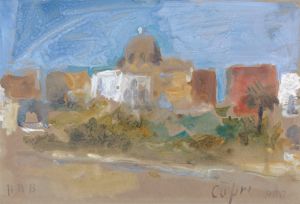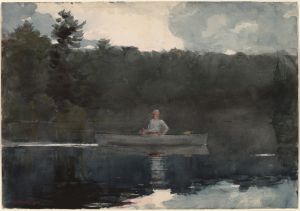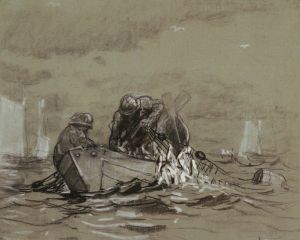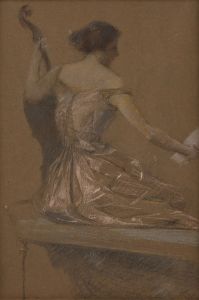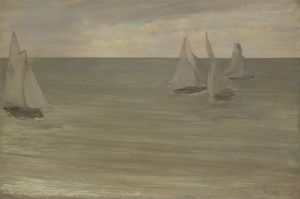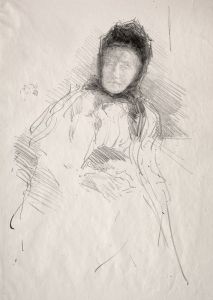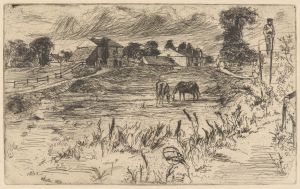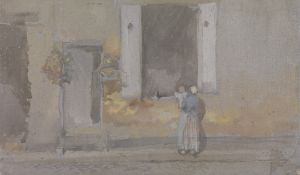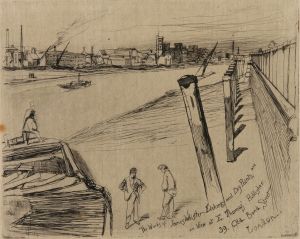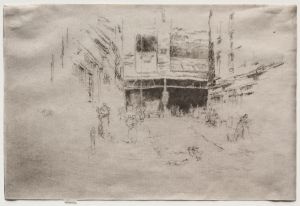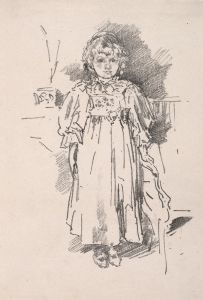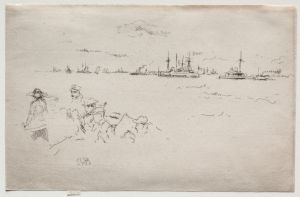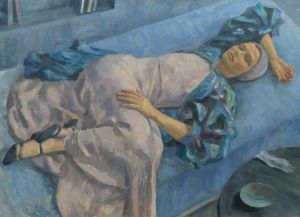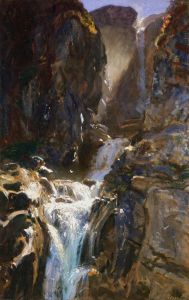
The Blue Girl ; Yellow and Blue
A hand-painted replica of James Abbott McNeill Whistler’s masterpiece The Blue Girl ; Yellow and Blue, meticulously crafted by professional artists to capture the true essence of the original. Each piece is created with museum-quality canvas and rare mineral pigments, carefully painted by experienced artists with delicate brushstrokes and rich, layered colors to perfectly recreate the texture of the original artwork. Unlike machine-printed reproductions, this hand-painted version brings the painting to life, infused with the artist’s emotions and skill in every stroke. Whether for personal collection or home decoration, it instantly elevates the artistic atmosphere of any space.
"The Blue Girl; Yellow and Blue" is a painting by the American-born, British-based artist James Abbott McNeill Whistler. Whistler, who was born on July 10, 1834, and died on July 17, 1903, is best known for his distinctive style and his contributions to the Aesthetic Movement, which emphasized the visual and sensual qualities of art and design over practical, moral, or narrative considerations.
"The Blue Girl; Yellow and Blue" was created around 1894. This painting is one of Whistler's many portraits that exhibit his mastery of color harmony and his interest in the interplay of light and shadow. The subject of the painting is a young woman dressed in a blue dress, set against a background that features a combination of yellow and blue hues. The composition is notable for its subtle use of color and the delicate rendering of the figure, which is characteristic of Whistler's mature style.
Whistler's approach to portraiture was influenced by his belief in "art for art's sake," a principle that suggests the intrinsic value of art lies in its beauty and form rather than in its ability to convey a specific message or moral. This philosophy is evident in "The Blue Girl; Yellow and Blue," where the focus is on the aesthetic arrangement of colors and the graceful depiction of the subject rather than on any narrative content.
The painting reflects Whistler's interest in Japanese art, which he admired for its simplicity, elegance, and emphasis on composition. This influence can be seen in the painting's balanced composition and the use of flat areas of color, which create a sense of harmony and tranquility.
Whistler's technique in "The Blue Girl; Yellow and Blue" involves delicate brushwork and a limited color palette, which contribute to the overall sense of refinement and elegance. The painting's title, like many of Whistler's works, includes a reference to the colors used, underscoring his preoccupation with the visual and formal aspects of the artwork.
"The Blue Girl; Yellow and Blue" is part of Whistler's broader body of work that includes portraits, landscapes, and nocturnes. His most famous painting, "Arrangement in Grey and Black No. 1," commonly known as "Whistler's Mother," shares the same emphasis on composition and tonal harmony that is evident in "The Blue Girl; Yellow and Blue."
Throughout his career, Whistler faced both acclaim and criticism. He was a controversial figure in the art world, known for his sharp wit and often contentious relationships with critics and fellow artists. Despite this, his work has had a lasting impact on the development of modern art, and he is regarded as one of the leading figures of the Aesthetic Movement.
"The Blue Girl; Yellow and Blue" exemplifies Whistler's artistic philosophy and his skillful manipulation of color and form. It remains an important example of his contribution to the art world and his enduring legacy as a painter who sought to elevate the visual experience through his dedication to beauty and harmony.





